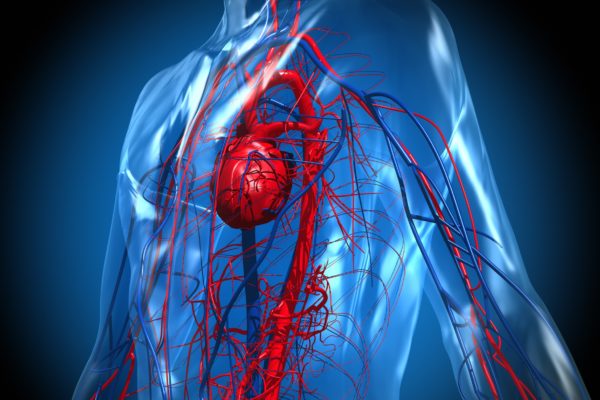
Cancer.gov
Thyroid cancer occurs in the cells of the thyroid – a butterfly-shaped gland located at the base of your neck, just below the Adam's apple. The thyroid produces hormones that regulate heart rate, blood pressure, body temperature and weight. Thyroid cancer is one of the more curable types of cancer.
There are several types that can be identified:
(Both these types – only microscopic research will tell them apart – grow from follicular cells in the thyroid, and both produce the thyroid hormone. They are relatively easy to treat with radioactive iodine.)
In Belgium, around 755 persons are diagnosed with thyroid cancer annually, and this cancer affects far more women than men. Patients are usually between 45 and 55 years old at the time of diagnosis. The outlook of thyroid cancer is quite good for stages I to III. The 5-year survival rate in these stages is between 98% and 92%. This percentage drops to 53% in stage IV.
Thyroid cancer is relatively rare, and growths in the thyroid often turn out to be benign. Patients that do suffer from thyroid cancer may experience symptoms such as:
Less frequent symptoms include:
A clear cause for thyroid cancer is as yet unknown, but certain risk factors have been identified. These include:
A GP who suspects a patient may have thyroid cancer will perform a physical examination and possibly a blood test or an ultrasound. The patient will then be referred to an endocrinologist for further testing. These tests include blood tests, ultrasounds, biopsies, CT scans or MRI scans. If results remain inconclusive, a specialist may remove half of the thyroid for lab research.
Thyroid cancer is graded into four stages, following the TNM classification system.
After the diagnosis has been established, specialists will come up with a treatment plan. Thyroid cancer is commonly treated by surgery, radioactive iodine, radiotherapy or targeted therapy.
Papillary and follicular thyroid cancer can often be removed by means of surgery. The thyroid can be entirely or partially removed, depending on size and position of the tumour. In some cases, adjuvant therapy with radioactive iodine is deemed necessary. Patients who undergo this treatment make a full recovery and have no recurrence.
Patients with a medullar carcinoma are usually treated by surgery and radiation, depending on size and location of the tumour. The outlook depends on the tumour stage. Patients with anaplastic thyroid cancer are generally beyond healing: they receive palliative care. This can include targeted therapy with kinase, RET or BRAF/MEK inhibitors that specifically hamper the growth rate of the tumour.






